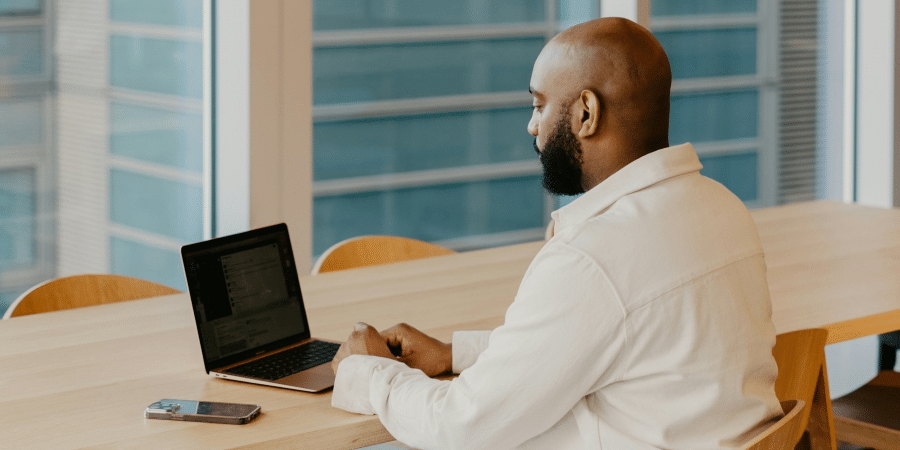Paul Davis Restoration Announces 24/7 Full‑Service Recovery for Lynchburg, Roanoke, and Southside Virginia
By: Jonathan Hayes
Paul Davis Restoration of Lynchburg, Roanoke, and Southside Virginia is reinforcing its commitment to local homeowners and businesses with round-the-clock, full-service disaster recovery. The locally owned and operated team provides a complete path to normal after water, fire, smoke, mold, or storm damage. From the first call to the final coat of paint, one accountable team coordinates mitigation, contents care, and reconstruction so clients do not have to juggle multiple contractors or timelines. The operation follows IICRC standards, responds within 30 minutes of contact, and arrives on site within hours to begin work. Clients can request a free consultation, ask about available discounts, including military discounts, and book weekend appointments when needed.
A Single Team From Emergency to Reconstruction
Disasters create two problems at once. There is visible damage that must be stabilized quickly, and there is the project management that follows. Paul Davis addresses both through a four‑step system: Respond, Resolve, Restore, Return. Technicians stabilize the loss, protect what matters most, and utilize advanced tools, such as thermal imaging, to identify hidden moisture. Contents can be packed out and cleaned while certified crews remediate, dry, and deodorize the structure. When the property is ready, reconstruction specialists handle repairs, flooring, cabinetry, and finishes, ensuring a seamless handoff from mitigation to rebuild. This one‑team approach reduces delays, keeps documentation in one place, and helps families and businesses get back to routine sooner.
Insurance Expertise and Clear Communication
Insurance paperwork and approvals can be confusing at the best of times. Paul Davis simplifies the process with electronic documentation, photo logs, and estimates built in Xactimate for pricing transparency. Adjusters get consistent files, while property owners receive clear schedules, named points of contact, and proactive updates. Commercial clients can enroll in a Priority Program that sets up pre‑loss site data and preferred response plans. As one recent customer shared, the team helped explain the Priority Program and guide next steps, which made an already stressful situation easier to navigate. The goal is simple: reduce friction for carriers and clarity for clients so projects move faster.
Local People, National Standards
The Lynchburg, Roanoke, and Southside Virginia team is rooted in the community and backed by a trusted brand with more than 55 years in restoration. That combination matters. Local ownership means accountability, familiar faces, and service with empathy. National backing means established safety protocols, scalable resources, and training that keeps skills sharp. The crew is IICRC certified, eco‑conscious in its methods, and committed to a workmanship guarantee. The company calls this care standard the grandparent test. Every job is managed with the honesty and patience they would want for their own family.
What Customers Are Saying
Residents and businesses across the region point to speed, communication, and compassion as key strengths. One homeowner recently met with Jay to discuss bathroom repairs and described him as “knowledgeable and friendly,” adding that his responsiveness stood out at a time when callbacks can be hard to get, a sentiment shared by Russanna Cook. Another family discovered a basement leak just before leaving on vacation. They called, and the crew arrived the same day, handled stabilization while the family was away, and kept them informed, which delivered real peace of mind, as described by Francisco Negron.
Clients also highlight the people behind the work. Several reviews praise Teresa Brown for her calm, caring approach and her ability to help customers feel safe and supported when the unexpected happens. Commercial partners note the same professionalism. After an extensive remediation project, a local firm commended the rapid response, clear communication, and thorough execution from Brad and John, who checked in often to ensure satisfaction, as shared by Luke Dykeman. Community members describe the operation as a welcome asset for the area, citing its integrity and strong service culture, as noted by Julie Kyle. Feedback like this reflects the company’s commitment to treat customers like family, not files.
Services Available Across Lynchburg, Roanoke, and Southside Virginia
The team serves single‑family homes, multifamily properties, medical and educational facilities, hospitality, retail, and light industrial sites. Core offerings include emergency water extraction and structural drying, smoke and soot cleanup, fire damage mitigation, mold assessment and remediation, odor removal, contents cleaning, and complete reconstruction. Crews can coordinate specialty trades, manage permits and inspections, and keep jobsites clean and safe from start to finish. For property managers and risk professionals, Priority Program enrollment supports faster decision-making with pre‑scoped contacts, site details, and preferred access during regional events. Weekend appointments are available by request to minimize disruption to daily operations.
How to Get Help
Homeowners, property managers, and business owners can learn more, request service, or schedule a free consultation on the Paul Davis Restoration of Lynchburg, Roanoke & Southside VA website. Local tips, before‑and‑after stories, and educational videos are available on the team’s YouTube channel, and community updates can be found on their Facebook page.
About Paul Davis Restoration of Lynchburg, Roanoke, and Southside Virginia
Paul Davis Restoration of Lynchburg, Roanoke, and Southside Virginia provides 24/7 disaster mitigation and reconstruction for residential and commercial properties. The locally owned team adheres to IICRC standards, utilizes advanced technology for precise results, and supports clients throughout every step of the insurance process. The company offers a workmanship guarantee, eco‑conscious options, free consultations, and available discounts, including military discounts.





